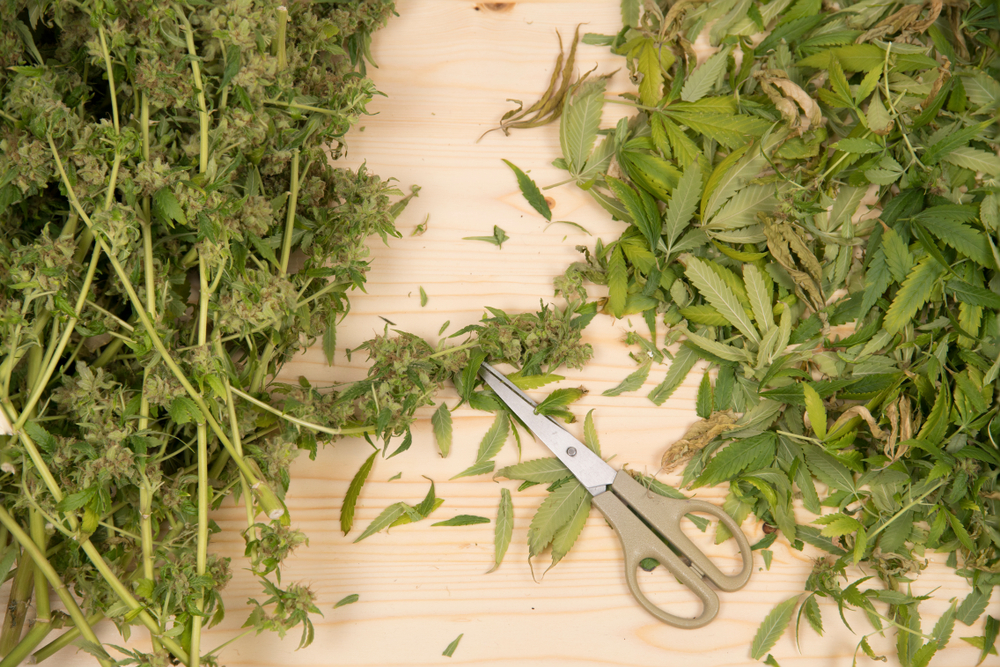by Erika Cruz, Outreach Monks
As the cannabis market continues to experience exponential growth, cannabis business professionals are constantly seeking ways to capitalize on this booming industry.
With the market projected to expand from USD 28.266 billion in 2021 to an astounding USD 197.74 billion in 2028 at (a CAGR) of 32.04%, it’s evident that there is immense potential for success in the cannabis sector.
However, to truly thrive in this competitive landscape, it’s crucial to have a solid understanding of the cultivation process from seed to harvest. That’s why in this guide, we will walk you through the essential steps and best practices for successful cannabis cultivation.
Let’s begin!
Choosing the Right Seeds
The first step in successful cannabis cultivation is selecting the right seeds. With a variety of strains available at a seed shop, it’s important to consider your preferences and goals. Are you looking for high THC content or a strain that offers more CBD? Do you prefer a Sativa or an Indica-dominant plant?
Invest time researching and selecting the best seeds to lay a strong foundation for your cannabis cultivation journey. You can even contact the seed shop and discuss your goal and get their recommendations.
Germination
Once you have your seeds, the next step is germination. It is the initial stage of cannabis cultivation, where the seeds begin to sprout and develop into seedlings. Here, the seeds absorb water, triggering biochemical changes that activate growth.
Start by soaking the seeds in a glass of water for about 24 hours to encourage the process. Then, transfer the seeds to a moist paper towel and place them in a warm and dark environment. Within a few days, the seeds will crack open, and tiny root and shoot structures will emerge, signifying the successful initiation of the growth cycle.
Seedling Stage
The next step is to transfer them to a growing medium. Use small pots or seedling trays filled with light, airy soil mix. Make sure the soil is moist but not overly saturated. Provide your seedlings with 18-24 hours of light daily, preferably using fluorescent or LED grow lights.
Maintain a temperature of around 70-75°F (21-24°C) and ensure proper ventilation to prevent mold or fungal growth.
Vegetative Stage
During the vegetative stage, your cannabis plants will focus on growing leaves and branches. To promote healthy growth, give your plants at least 16 hours of light daily. You can use specialized grow lights or take advantage of natural sunlight if growing outdoors. Also, maintain a temperature range of 70-80°F (21-27°C) and monitor humidity levels to avoid excessive moisture.
Using nutrient-rich fertilizers with higher nitrogen content is also recommended during this stage. It supports robust vegetative growth and prepares the plants for the subsequent flowering phase. Follow the instructions on the fertilizer package for dosage and frequency.
Note: Ensure the soil is evenly moist but not waterlogged when watering. Overwatering can lead to root rot, so allow the soil to dry out slightly between waterings.
Flowering Stage
After a few weeks of vegetative growth, your cannabis plants will enter the flowering stage. To initiate flowering, you must adjust the light cycle to 12 hours of light followed by 12 hours of complete darkness. (This is also known as photoperiod lighting.)
This change in light schedule signals the plants to begin producing flowers. However, it’s crucial to maintain consistent light and dark periods to avoid stressing the plants. Also, remember that the length of the flowering stage varies depending on the strain, typically lasting 8-10 weeks.
Harvesting
The moment you’ve been waiting for has arrived—it’s time to harvest your cannabis. Look for signs that the plants are ready, such as the appearance of trichomes (tiny, crystal-like structures) on the flowers. Trichomes will change from clear to cloudy or amber, indicating the optimal time for harvesting.
Use a magnifying glass or a microscope to examine the trichomes closely. Once ready, carefully cut the branches and trim away the excess leaves. Keep in mind that harvesting too early or too late can impact the potency and overall quality of your final product. So, be patient and wait for the optimal time when the trichomes have reached their desired color and maturity.
The Bottom Line
Successful cannabis cultivation is a multifaceted process requiring attention to detail, patience, and continuous learning. By following the guidelines outlined in this guide, you can ensure a high-quality yield, positioning yourself as a leading player in the rapidly expanding cannabis industry.
 Author Bio: Erika Cruz is a content writer at Outreach Monks, a leading marketing agency known for its innovative digital solutions. With her expertise in crafting compelling copy and engaging content, Erika helps clients build their brands and connect with their target audience.
Author Bio: Erika Cruz is a content writer at Outreach Monks, a leading marketing agency known for its innovative digital solutions. With her expertise in crafting compelling copy and engaging content, Erika helps clients build their brands and connect with their target audience.


Follow NCIA
Newsletter
Facebook
Twitter
LinkedIn
Instagram
–